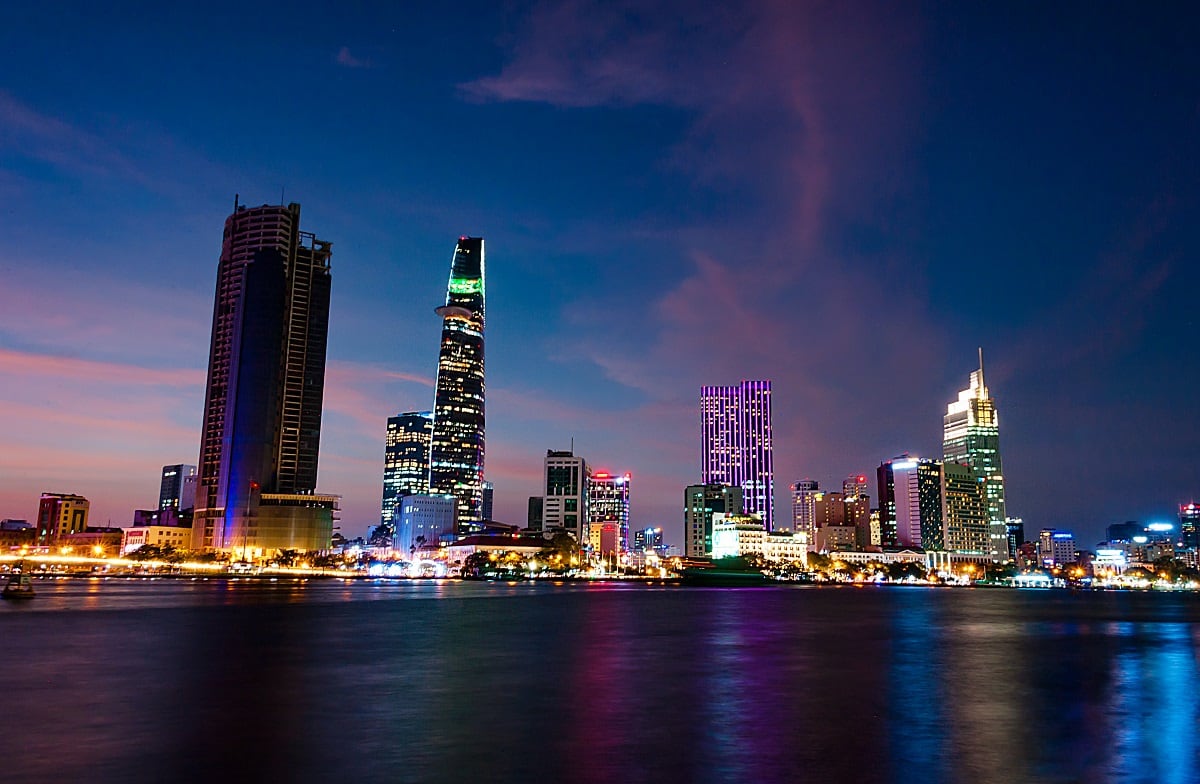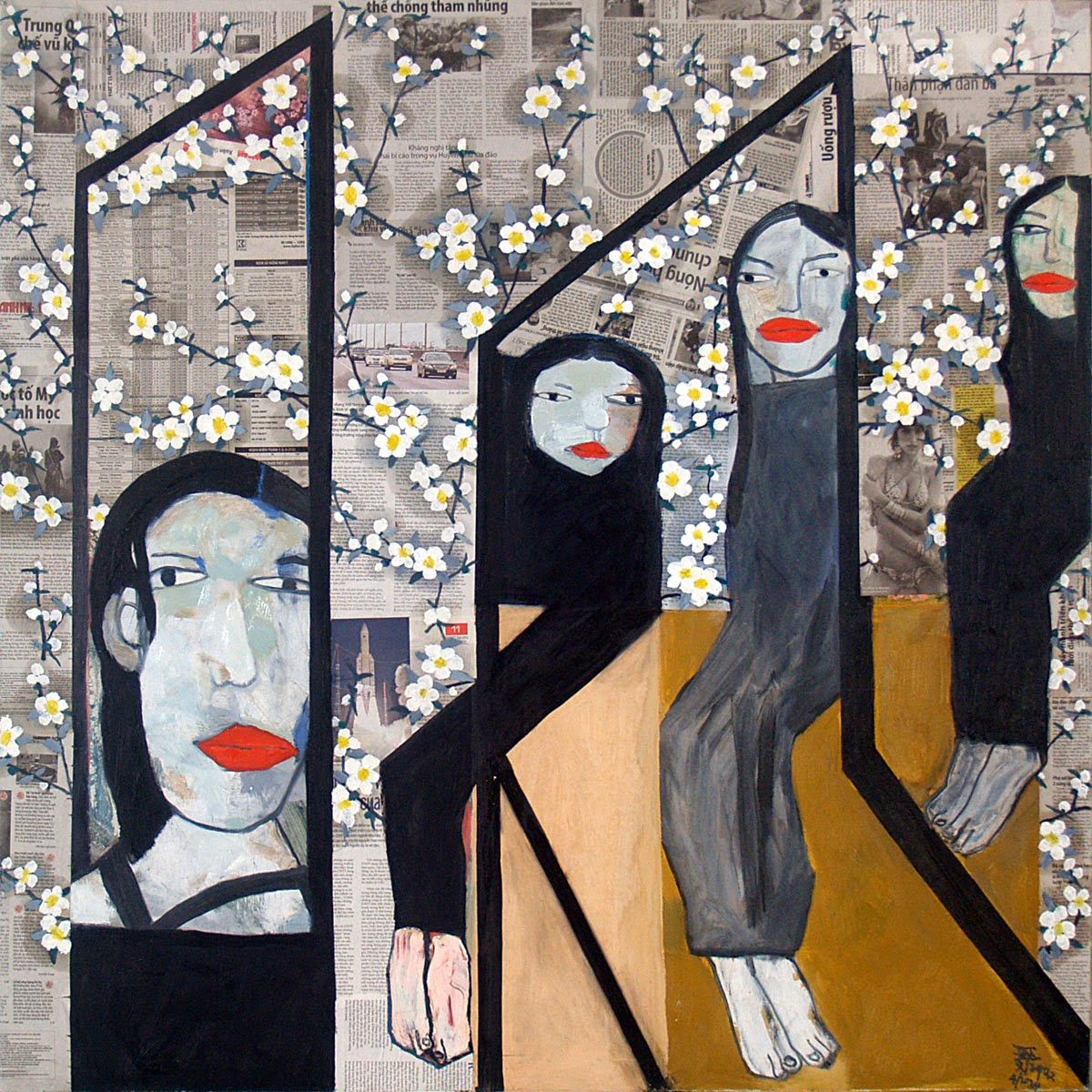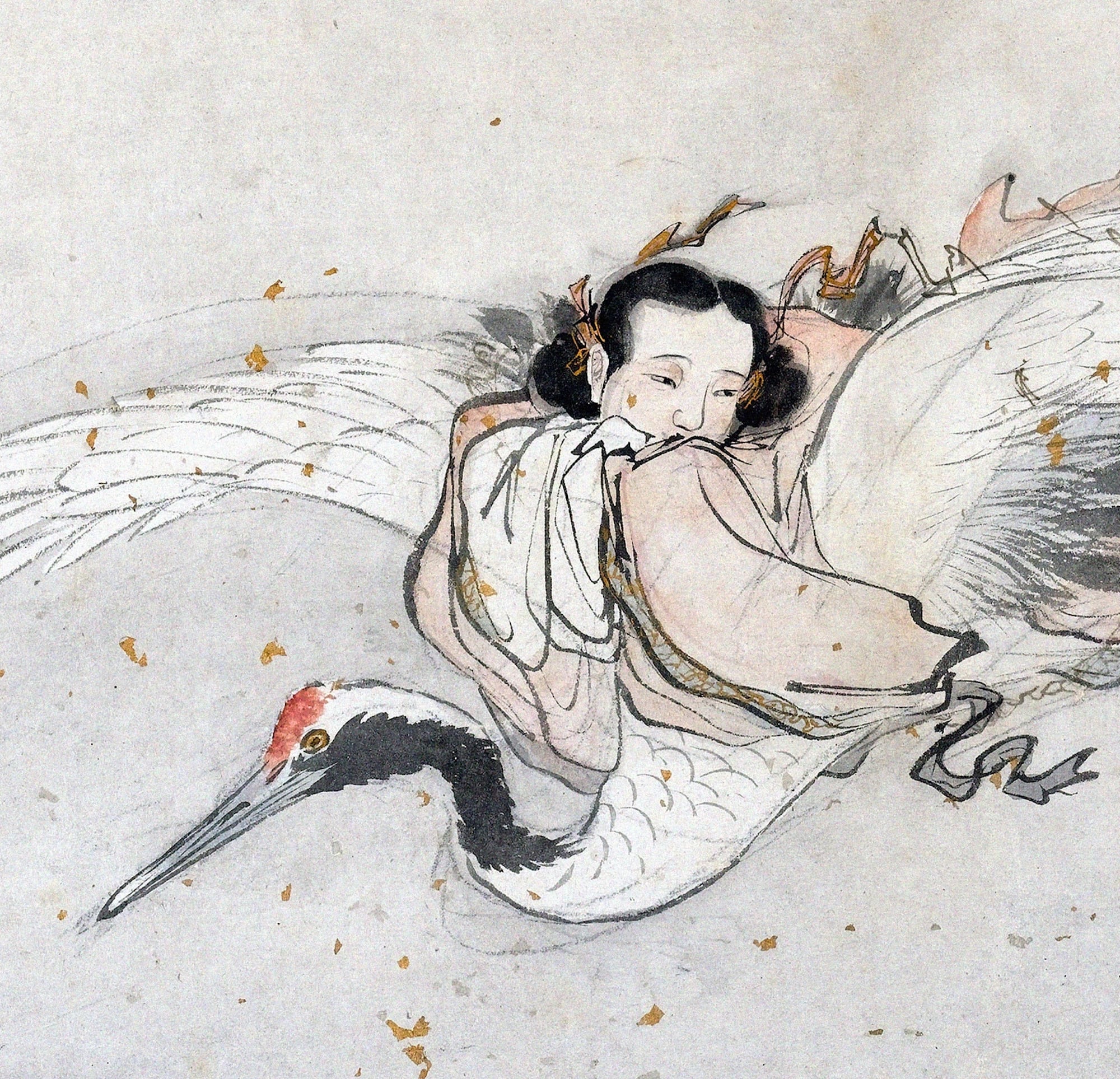Having lived in Vietnam and continued to watch the country closely for the past 13 years, I’ve been awe-inspired by the changes the country has gone through. Within just more than 30 years, the country has gone from its identity wrapped up in the Vietnam war to food and travel destination and now, quite possibly, a harbinger of new modern culture.
Vietnam went from being inward looking to shyly looking outward to a new confidence about its own skills. It might seem naive to some, but one must walk before one runs. And I think Vietnam is finally walking.
The Asian tigers like South Korea, Japan, Singapore, and Taiwan have been running for a long time. And countries like China are, in the last decade, starting to run. These countries jump onto the main world stage, they influence geopolitics, and their cultures and exports are recognizable to millions of people outside their borders.

Asia’s success stories
When I think about exporting culture, I often think about the Koreans. Within my lifetime, Koreans have gone from war-torn nation to one of the most well-loved media influencers in the world, from Kpop to gaming to cinema, such is the growth of Korea into Asia’s Hollywood.
I also think about Japan, which although it had a much longer headstart than South Korea, also went from war-torn nation to cornucopia of anime, manga, and film. Japanese influence over the world has remained at the forefront and captures audiences worldwide.
Can Vietnamese dream like the Japanese and the Koreans? Or is it a pipe dream? A vision too far off as to be untouchable and unrealizable?

Is the entertainment industry key to cultural export successes?
What the Koreans and Japanese both did well is commercializing their culture, professionalizing it. Bring it to a point where the production quality was so high that it couldn’t be ignored.
With the Koreans, you had a concerted effort. Government, organizations, celebrities, corporations all participated in an intense leveling up of their entertainment operandi. With the Japanese, it’s almost like they had this massive untapped market that was its own consumer, and a culture so appealing and unignorable that you had to look into it.
If you’ve been paying attention to Vietnam’s media and entertainment industries, Vietnam is certainly leveling up. The production quality has increased, the taste of the artists has modernized, management has professionalized, and even Vietnamese actors are making it to Hollywood.

But media and entertainment are just one side of the picture. Exporting a culture isn’t just about artists and actors. It’s also about cooks and philosophers, writers and politicians, and more. It’s about the most significant and meaningful conversations that you are having as a society. It’s about the stories you tell to yourselves and to outsiders. It’s essentially a question of exporting an essence that we’re all seeking to find within ourselves.
Vietnam’s challenges of an interrupted history
I think, for the Japanese, their cultural essence is an easy equation to solve. They’ve been isolated and to themselves for so long that identifying what is Japanese seems obvious. Their long history is an unbroken chain of literature, philosophy, historical events, and figures that led into the Meiji period, the world wars, and then modern industrial Japan with its anime, video games, and automobiles.
Vietnam, on the other hand, has been interrupted throughout its entire history. Its strategic geographic importance has prevented it from having an unbroken chain of figures and literature that aren’t somehow linked to the influence of outsiders in grand ways. It makes it hard to pin down something as clear as a Vietnamese way of life or a Vietnamese standard, because Vietnamese are adaptive. This adaptiveness has been pushed upon them. The Vietnamese history is a sponge, not a samurai sword.
Let’s look at the case of Chu Nom, largely a forgotten language that most Vietnamese wouldn’t put much thought to. But it’s also a written language that Vietnamese people used for hundreds of years. Indeed, Vietnam’s most important piece of literature, Truyen Kieu, was written in Chu Nom. But how many people on earth know and can read Chu Nom today?

In the 20th century, under French influence, the Vietnamese-Roman alphabet was introduced. Gradually, it replaced chu Nom as the national script. Today Chu Nom is no longer widely used. There’s no reason for an average Vietnamese person to learn it. And yet, it’s a script that connects Vietnamese people to their own people, their journey, their legacy and their heritage.
It’s these things that remind us of what the essence of being Vietnamese is. It’s also these things that got lost along Vietnam’s interrupted independence.
Defining a Vietnamese essence through the questions that matter
Jiro Dreams of Sushi is a beautiful movie that I think hits the nail on the head. It’s a quintessentially Japanese story. Jiro is the apex of the Japanese craftsman, exuding the highest Japanese values in his artform.
The movie is so loved because not only does it give us a window into what makes Japanese people so fascinating and amazing, but also something profound about Japanese culture. At the same time, it’s an honest picture. It’s not necessarily relatable to non-Japanese who don’t live by these values, but we can all admire the spirit of the man (and his sons). It speaks to a Japanese essence.
So what is Vietnam’s Jiro Dreams of Sushi?
What is that essence of Vietnam that is worth sharing with the world? What are the processes and cultural practices that hit a chord? Is it Vietnam’s sense of craftsmanship? Is it Vietnam’s cuisine? Is it the music? Or are these questions folly? It is frankly hard to pin down because Vietnam and Vietnamese people are still finding themselves.

Due to the war and its ongoing growth story, Vietnam doesn’t have an unbroken lineage that connects the present to a past. It has a series of grand stories, a series of wars and heroes that name the streets and tales to tell children. But so much has happened in the last few centuries to Vietnam that an essence of Vietnam is more a created thing than a discovered thing.
After all, Vietnamese around the world and especially in Vietnam don’t want to be defined just by a war. And yet, they also don’t define themselves by things older than that. The past doesn’t necessarily inspire new arts. And maybe it doesn’t have to. The essence of Vietnam unfolds as a modern creation, from the ashes of recent history.
At the same time, there is a danger in moving on too fast. Ho Chi Minh City has moved on so fast that District 1 looks almost indistinguishable from itself ten years ago.
Is the same thing happening to Vietnamese people? Are they rushing so fast into becoming something new that they’re forgetting what they were? Of course, all the young people out there are annoyed when their traditional parents ask them all the obvious marriage-oriented questions, but is that really old Vietnam versus new Vietnam? Or is there more to it?
Of course, talking of any essence of any culture or people can be an exercise in nonsense and futility. It’s neither empirical nor scientific. But it’s something we can feel when we look at things like Japanese culture or British culture. The way Americans talk about baseball or football is quintessentially American. There is somehow a healthy exchange between the past and the present.
So what is quintessentially Vietnamese? And even more so, what are those modern things that we call “Vietnamese”, that we can’t find elsewhere?
The light side of this is that Vietnam is a kind of underdog. The war, travel, and food are low flying cultural markers for Vietnam and not many are paying attention outside its borders. It means it has time to build its talent pool and discover itself along the way, finding the perspectives that are unique and powerful that could one day be commercialized worldwide.
This is in contrast to China. Despite its massive resources, China has a reputation associated with its rise to power and its approach to media that might squelch voices that could be even at a Hong Kong-level of influence and quality. Vietnam has an edge, here’s hoping it can find it.
Related Content:
[Article] From Playing Around To A Penguin Classic: Tim Allen’s The Song of Kiều
[Article] Vietnamese Americans Who Aren’t Vietnamese
